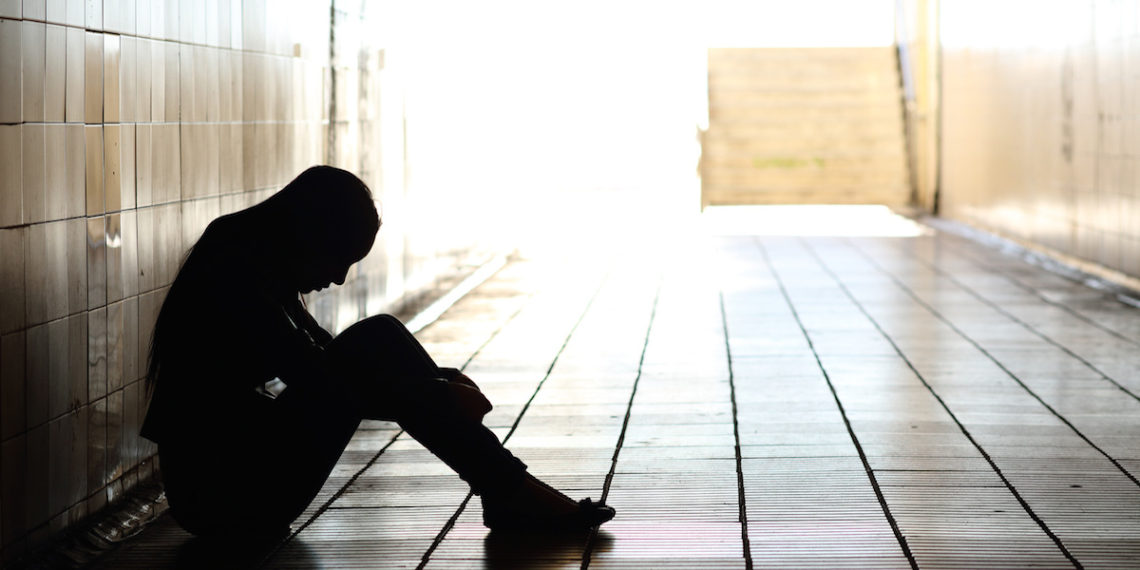
*The following is excerpted from an online article posted on Live Science.
Across the U.S., there’s been an uptick in the percentage of teens who are having episodes of depression, a new report finds.
From 2013 to 2014, about one in nine teens in the United States had a major depressive episode, up from about one in 10 teens from 2012 to 2013, the researchers found. Psychologists define a major depressive episode as having symptoms of major depressive disorder — such as depressed mood or feelings of emptiness, hopelessness or irritability — that last for two weeks or more.
In the report, the researchers looked at data from the government’s National Surveys on Drug Use and Health, in which adolescents ages 12 to 17 were asked about their drug use and mental health. The researchers focused on questions about symptoms the teens may have experienced in the past year that would signal an individual had experienced a major depressive episode.
Overall, the national percentage of teens who had major depressive episodes in the 2013-2014 report was 11 percent, up from 9.9 percent in the 2012-2013 report, the researchers found.
It’s unclear if these findings mean that rates will continue to go up, said Myrna Weissman, a professor of psychiatry at Columbia University in New York. To figure that out, you’d have to look at trends over a longer time, she said.
However, the findings are in line with what experts would expect: Depression is very common among adolescents, Weissman told Live Science.
The teens included in the study were right in the age range at which you’d expect symptoms of depression to first emerge, Weissman said.
Ardesheer Talati, an assistant professor of clinical neurobiology in psychiatry at Columbia University and New York State Psychiatric Institute, agreed that one year isn’t long enough to determine if rates are truly rising or if the reported increase is more of a blip.
However, three factors may explain the slight increase, Talati told Live Science.
First, increased awareness of mental illness could lead to more teens going to the doctor to be evaluated for depression. Or, in cases of younger adolescents, parents may pick up on changes in their kids’ behavior, and bring them to the doctor, he said.
Second, there’s a lot more pressure on teens than there was in the past, Talati said. These stressors — social, family and academic — may increase depression in teens, he said.
Finally, the way that depression is diagnosed has changed over time and has become more broad, Talati said. This means that more people will be diagnosed, he said.
Source: Live Science
http://www.livescience.com/55706-depression-rates-adolescents-teens.html
Source: Homeword | homeword.com





